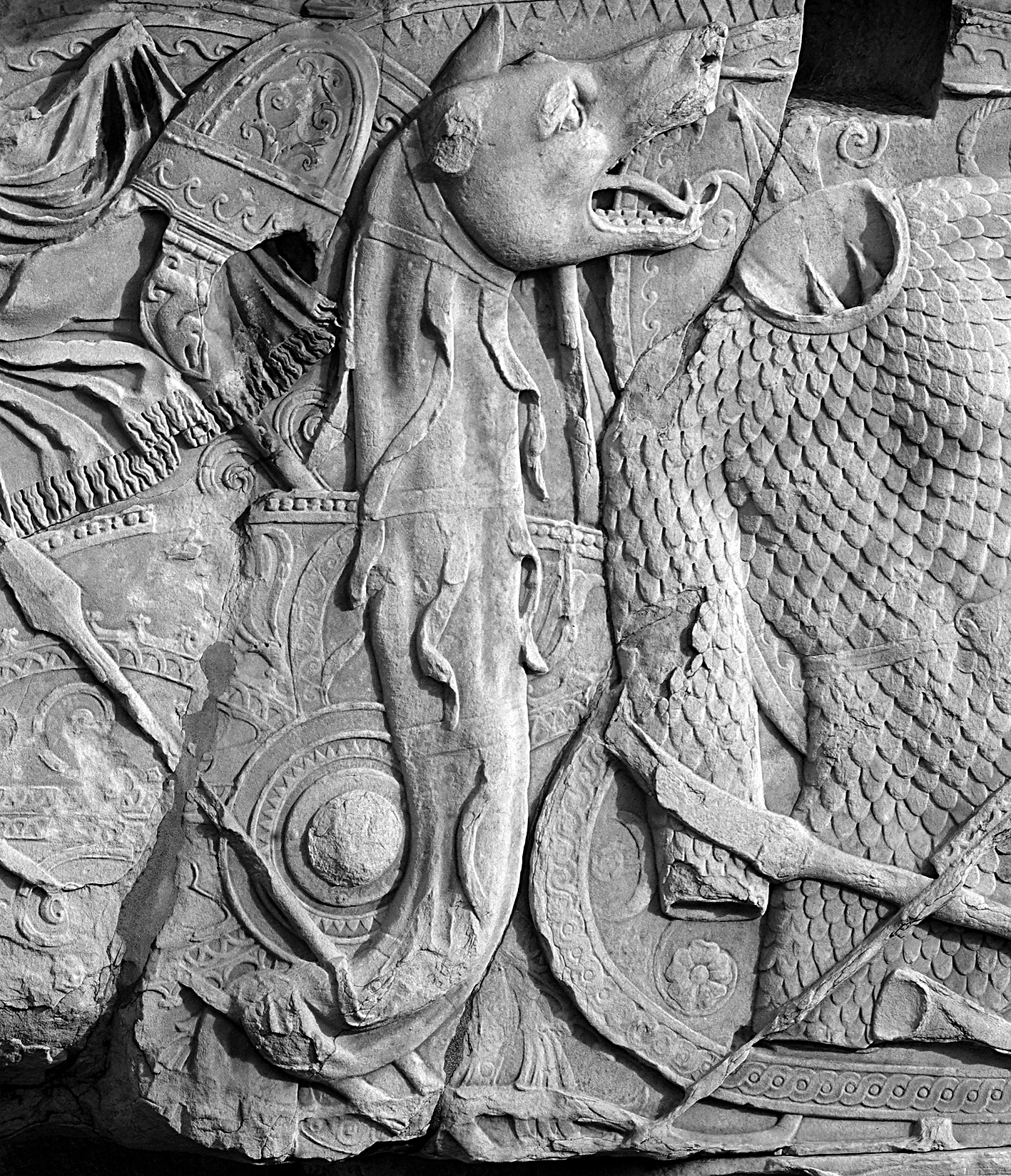The Dacian people, an ancient Thracian tribe, were a formidable and complex society that flourished from the 5th century BCE to the 1st century CE. Known for their bravery, resourcefulness, and resilience, the Dacians had a rich spiritual life.

Deities in Dacian Mythology
The Dacian pantheon was a complex system of deities, each with their own distinct personality, purpose, and attributes. Some of the most important gods in Dacian mythology are:
-
Zalmoxis: As the supreme god of the Dacian pantheon, Zalmoxis was associated with the sky, life, death, and immortality. He was believed to grant eternal life and knowledge to the worthy, ensuring their place in the afterlife. Zalmoxis communicated with his people through a messenger, a role assigned to the high priest of the Dacian society.
-
Gebeleizis: The god of thunder and lightning, Gebeleizis was a powerful warrior deity. He protected the Dacians from their enemies and was often depicted holding a bow and arrow or a thunderbolt, symbolizing his connection to the elements.
-
Bendis: A goddess of the moon, hunt, and fertility, Bendis was revered by the Dacians for her nurturing and protective qualities. She was often portrayed with a crescent moon above her head and accompanied by animals, signifying her close relationship with the natural world.
-
Derzelas: As the god of health, abundance, and vegetation, Derzelas played a crucial role in Dacian agriculture and prosperity. He was responsible for the growth of crops, the healing of the sick, and the protection of livestock.
Unique Beliefs and Practices
One of the most unique aspects of Dacian beliefs was the concept of immortality. The Dacians believed that the soul was eternal and that after death, the soul would ascend to Zalmoxis, where it would be judged and granted either eternal happiness or suffering. This belief led to the practice of the "Dacian Funeral Ritual," which involved the construction of a sacred space, often a mound or tomb, where the deceased would be buried with their most prized possessions. This ritual was thought to ensure a smooth transition to the afterlife and reflected the Dacians' deep respect for the cycle of life and death.
Mythological Heroes and Creatures
Dacian mythology also featured numerous heroes and mythological creatures, such as:
-
Dacius: A legendary founder of the Dacian people, Dacius was believed to be a descendant of the gods. He was known for his courage, wisdom, and prowess in battle, and his story served to inspire and unite the Dacian people.
-
The Capricorn: A chimeric creature with the body of a fish and the head of a goat, the Capricorn symbolized the Dacian people's connection to both the earth and water. It was believed to possess mystical powers and was often depicted in Dacian art and sculpture.
-
The Draco: A serpent-like creature with a wolf's head, the Draco was a powerful symbol of Dacian military might and was often carried into battle as a standard. It was believed to possess magical properties that could protect and guide Dacian warriors in combat.
-
The Cucuteni-Trypillian Goddess: While not exclusively Dacian, this mother goddess figure was widely revered across the region. Associated with fertility, the earth, and the cycles of life, she was often depicted with abundant curves and surrounded by animals, plants, and symbols of regeneration.
-
The Zburator: A shape-shifting, dragon-like creature, the Zburator was known for its ability to transform into a handsome young man. It was believed to visit young women at night, seducing them with its charm and good looks. The Zburator represented the more mysterious and elusive aspects of Dacian beliefs.
Rituals and Ceremonies
The Dacian people performed various rituals and ceremonies to honor their gods and maintain harmony within their society. These ceremonies often involved the use of sacred plants, animal sacrifices, and elaborate dances. Some key rituals include:
-
The Festival of Zalmoxis: Held once every four years, this festival celebrated the supreme god and his gift of immortality. Participants would gather at a sacred site, often a mountain, to perform rituals, sacrifices, and dances in Zalmoxis' honor. The highlight of the event was the selection of the messenger, who would be tasked with conveying the wishes of the people to the god.
-
The Bendidia: A festival held in honor of the goddess Bendis, the Bendidia was a time for celebrating fertility, the hunt, and the moon. Participants would engage in night-long festivities, including dancing and feasting, as they sought Bendis' blessings for a fruitful year.
-
The Harvest Festival: Celebrating the bounty of the land, the Harvest Festival was a time of thanksgiving and abundance. The Dacians would offer sacrifices to Derzelas, the god of health and vegetation, to ensure a successful harvest and to protect their crops and livestock.
-
The Spring Festival: Marking the beginning of the agricultural year, the Spring Festival was dedicated to the renewal of the earth and the blossoming of new life. Participants would perform rituals to cleanse themselves of the previous year's hardships and to prepare for the year ahead.